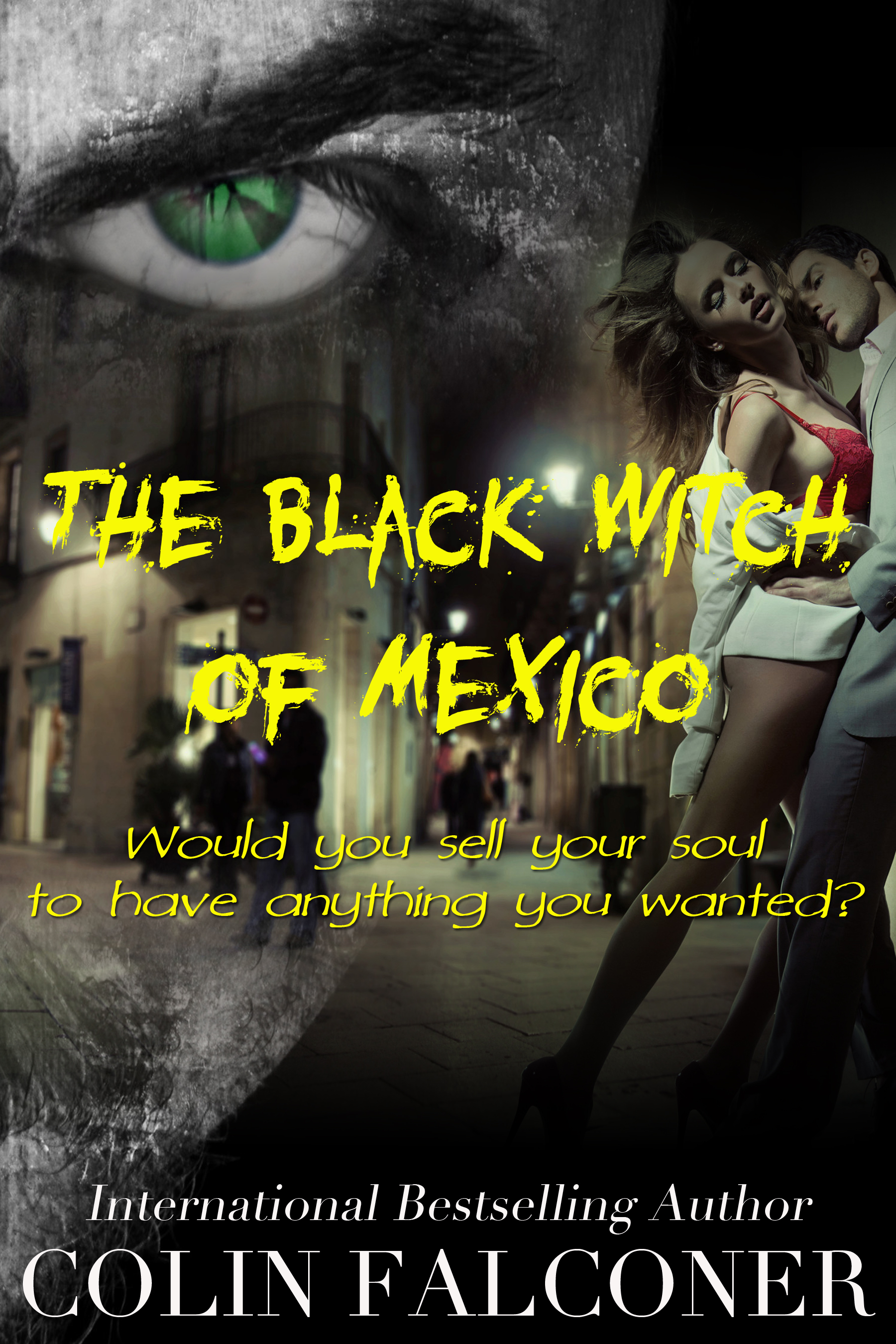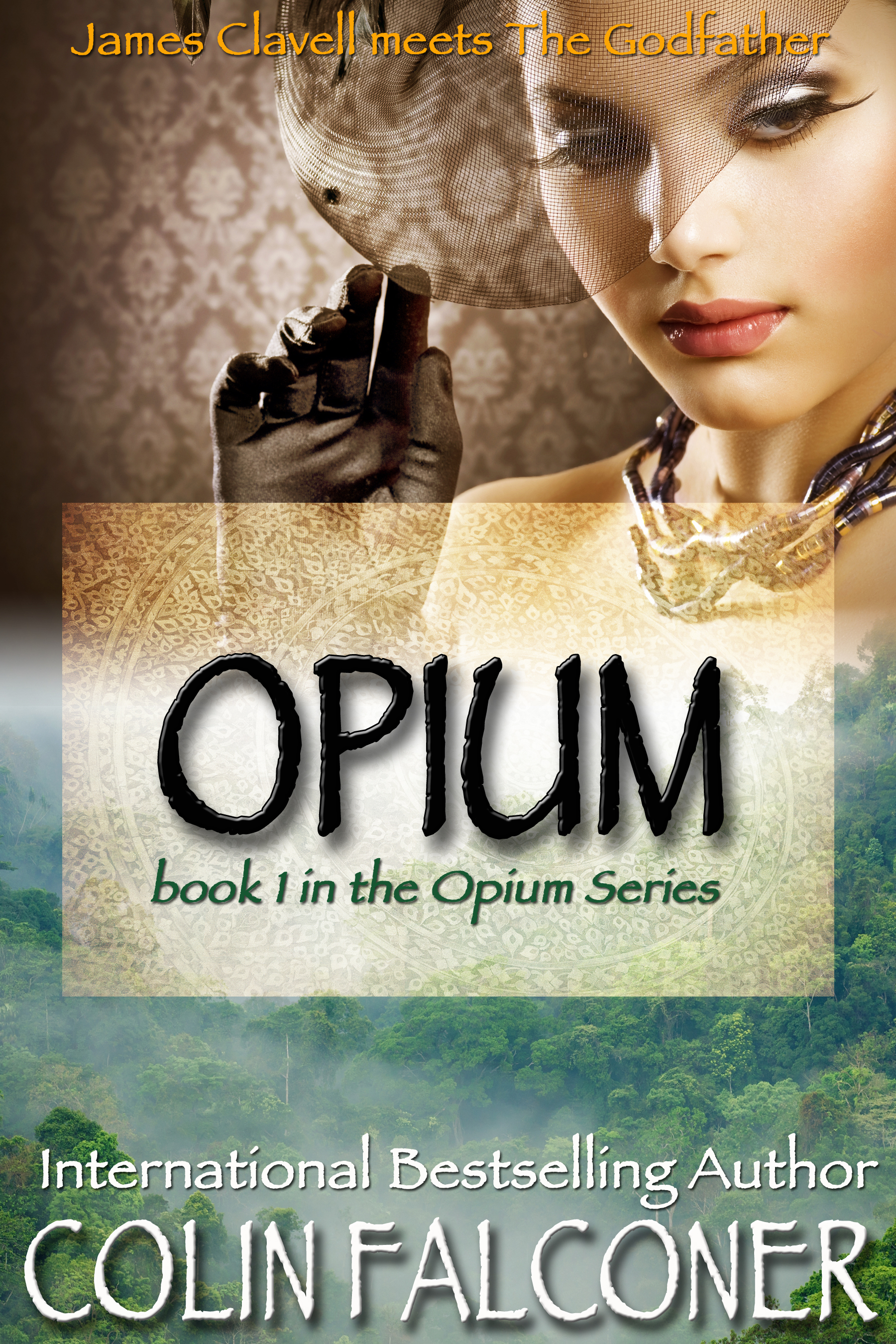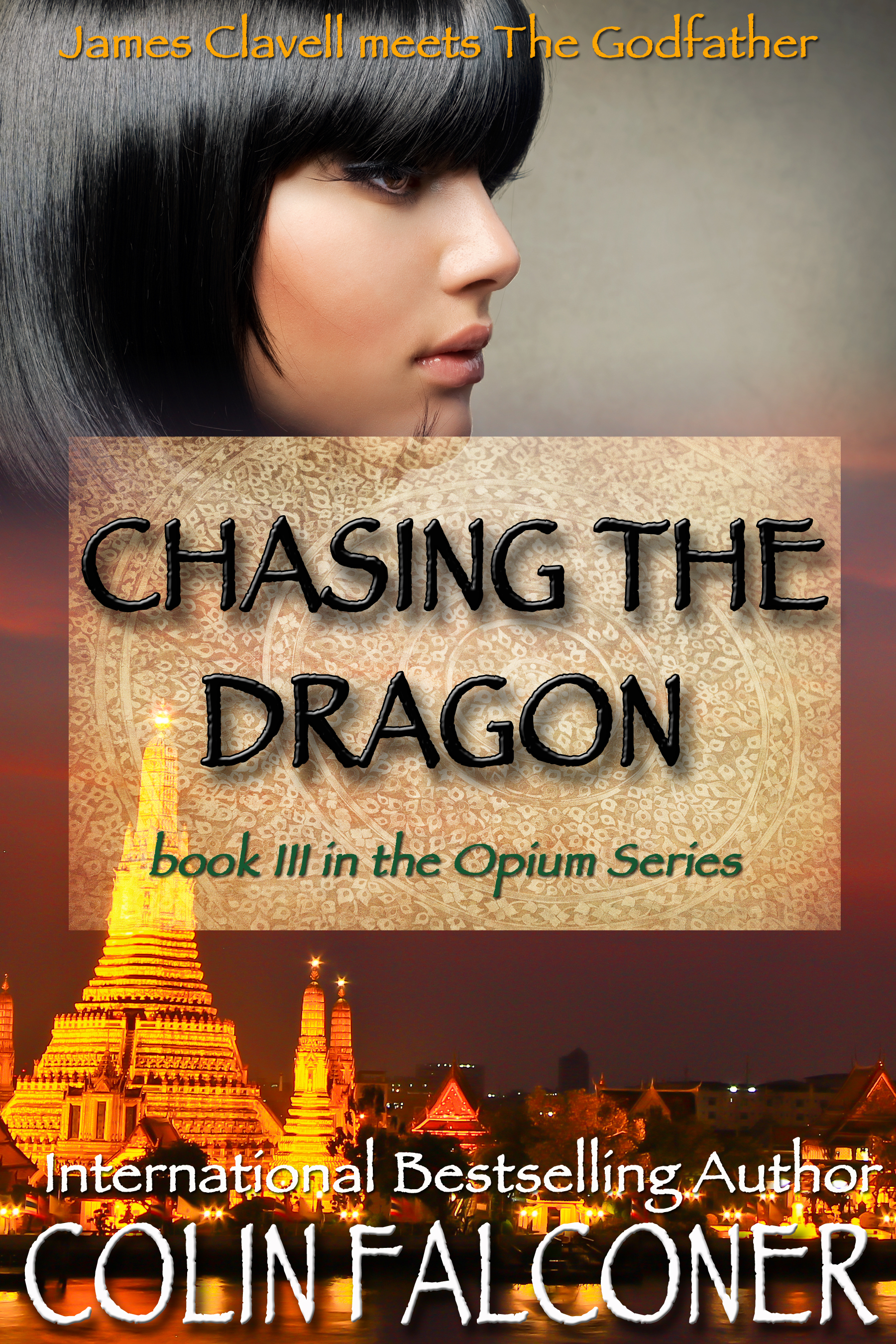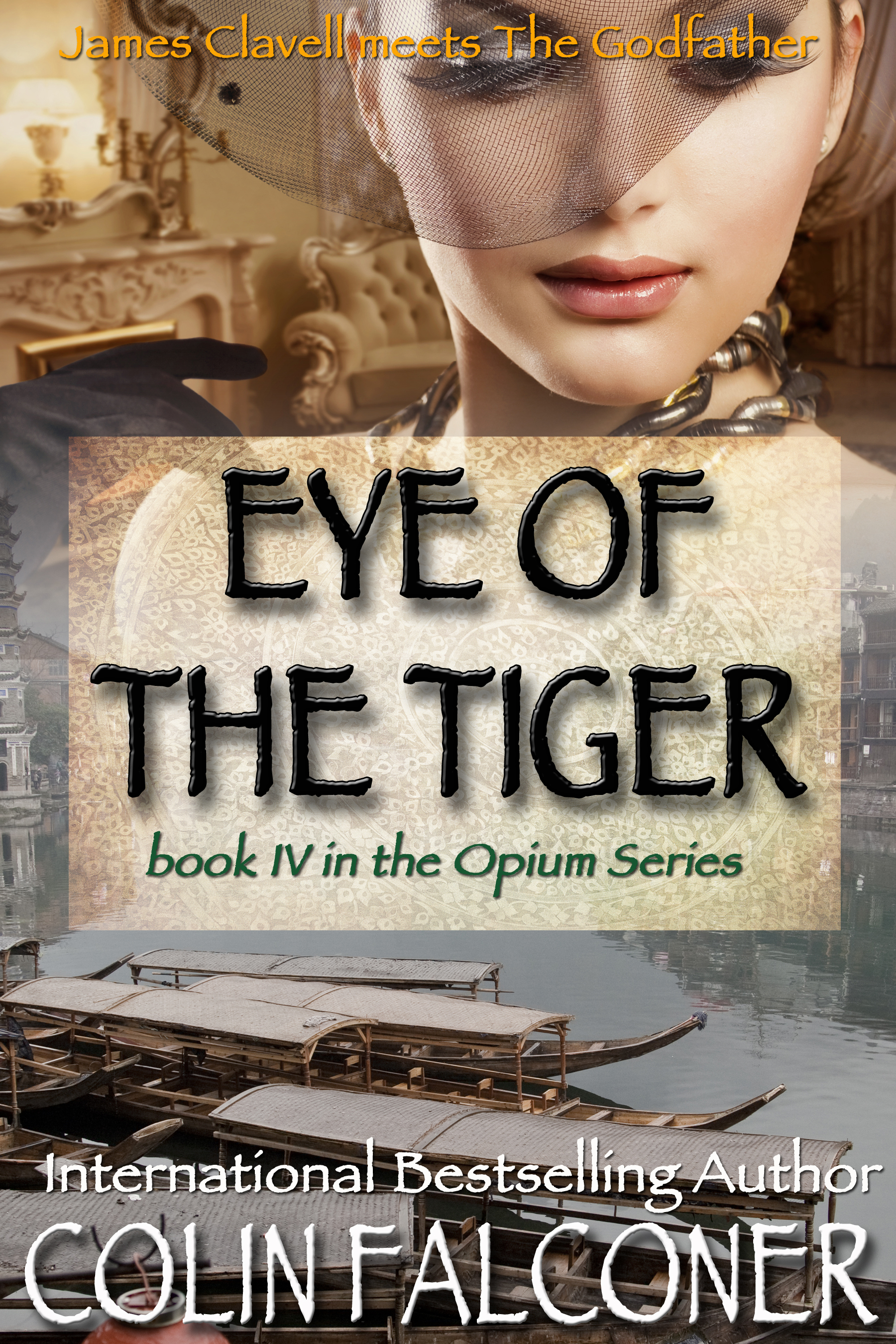What are the stigmata - and how can they be explained?
There is no recorded instance of the stigmata - wounds imitating Christ’s from the crucifixion - before the thirteenth century, when artistic depictions of the crucifixion in religious art first appeared.
Stigmatics display all or some of the five so-called ‘holy wounds’ from the crucifixion piercings to bleeding from the forehead similar to that caused by the crown of thorns.
These wounds are not painless. The suffering a Stigmatic endures is extraordinary.
Most of these wounds do not clot, neither do they suppurate, and the blood is said to have a perfumed odor, known as the ‘Odor of Sanctity.’
Stigmatics usually receive these marks during an ‘ecstasy’ when they are overwhelmed with religious fervor.
The most famous Stigmatic of this century was Padre Pio of Petrelcina.
Padre Pio was - and is - credited with performing miracles of healing, bilocation and levitation but was persecuted by the Church during his lifetime and even banned from saying Mass.
After he was safely dead they made him a saint.
He had open wounds on his hands and feet for fifty years which bled but never became infected. He also had a wound in his side.
His religious services would often last hours; he didn’t just say the Mass, he lived it.
And perhaps there is a clue here.
The first recorded Stigmatic was Saint Francis of Assisi, but most Stigmatics through history have actually been women, including Santa Rita de Cascia in the fourteenth century and Catherine of Siena.
Catherine was a Dominican nun who scourged herself three times a day with an iron chain and allowed herself only half an hour of sleep on a hard board. She wore a hair shirt and an iron-spiked girdle.
She also claimed to have experienced a “mystical marriage” with Jesus, and had a vision where He placed a ring upon her finger and “espoused her to Himself.”
These days she might be labelled hysterical; but unlike most hysterics she kept her head.
You can see it for yourself in the Basilica of San Domenico in Siena.
Padre Pio was born Francesco Forgione in 1887.
He believed that the love of God was inseparable from suffering, and if this was true, he certainly knew the love of God.
In 1918, during a religious ecstasy, he first received his stigmata, and these wounds would stay with him for the next fifty years of his life.
“The pain was so intense that I began to feel as if I were dying on the cross,” he said of them.
His wounds were examined by many doctors and physicians during his lifetime, and though none could explain their origin, they all found the wounds remarkably free of infection.
He naturally became a controversial figure in the Church, who persecuted him during the nineteen twenties and early thirties.
Even after his death he remains a difficult figure for the Vatican.
Rome may have been ambivalent; but the rest of Italy adored him. His Requiem Mass was attended by over 100,000 people and he has now become one of the world’s most popular saints.
There are more than 3,000 “Padre Pio Prayer Groups” worldwide, with three million members.
More Italian Catholics now pray to Padre Pio than to any Church icon.
Not everyone believes it, of course. Some skeptics say that he used carbolic acid to produce the wounds and the odor of sanctity was actually eau de cologne.
Personally, I remain skeptical about skeptics. This explanation strains my credibility more than the stigmata.
Could a man really stand pouring acid on his hands, feet and ribs for fifty years and then not get any of the wounds infected? Seriously?
There is research that suggests that the stigmata may be of hysterical origin. Christian theologian, Ivan Illich, has posited that “Compassion with Christ… is faith so strong and so deeply incarnate that it leads to the individual embodiment of the contemplated pain.”
What does this mean in plainer terms? It means that Stigmatics create the wounds themselves with the power of their own emotions.
I find this conclusion astonishing. It is a rational explanation, yet it is not.
Rather than freaks or anomalies caused by an interventionist god, it imagines a Stigmatic as the most dramatic example we have of the limitless power of the human psyche.
After all, if a human being can create a wound themselves, could they not make one go away? Isn’t this what we call a miracle?
Instead of comfortably dismissing all Stigmatics as fakes, perhaps we should delve deeper. It’s a phenomenon that hints at a passkey into the labyrinth of the human mind.
What do you think? Have you ever had any connection with faith healing or with the mysterious? What do you think is the cause?
My novel STIGMATA has finally been released in the US!
You can read more about it by clicking the cover on the left.
































When we attempt to always provide a scientific explanation for mystical happenings, like stigmata, we impoverish ourselves and our world. Carl Jung observed when we deny the mystical we then create dark earthly causes. That is one way to look at the Nazi race philosophies, and communism.
I think one of the tragedies of growing up, Julia, is that we stop being curious. Children are endlessly curious (as my godson said to me recently - ‘why is water wet?’) and because they know that they don’t know, they learn so much. I think as adults we get entrenched in points of view instead of looking at things that are mysterious and being prepared to stay in wonder for a while.
I’ve always been fascinated by stigmata. Padre Pio was very important to my grandfather.
Best of luck with the release of your novel.
Thanks Emma - was your grandfather Italian? He has a huge following there. His story intrigues me.
No, Irish. We still have my grandad’s Padre Pio relic.
The Whorling Dervishes called it “ecstatic self-hypnosis.”
Hi Jan - and yes, that’s another fascinating phenomenon and maybe a connection. Have you ever witnessed the Tamil Thaipusam festival?
No, I stay on my little island and travel through books. Wish I could though, must be thrilling to see.
Your stories take me to the most wonderful places.
Thank you, Jan. That’s a really nice thing to hear.
I have always been interested in these kinds of things. Curiousity mostly. I truly believe there are happenings and forces that our world’s level of science just can not explain yet. Yet, these so -called critics, skeptics, and scientists try to explain away anything they can’t really grasp.
Same here, Phil. I like to stay curious about these things also … and as scientists are discovering in the field of quantum mechanics, what we think of as ‘rational’ isn’t quite as scientific anymore.